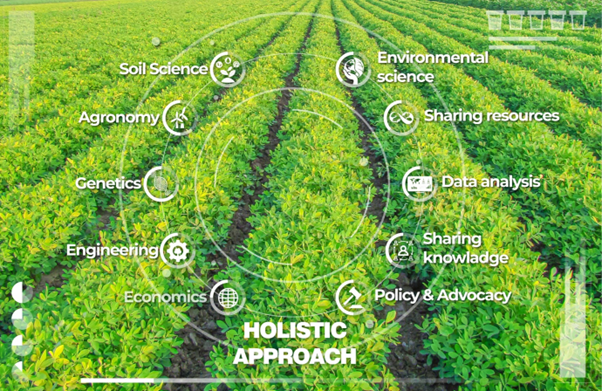This is due to their excellent service, competitive pricing and customer support. It’s throughly refresing to get such a personal touch. Duis aute lorem ipsum is simply free text irure dolor in reprehenderit in esse nulla pariatur.
This is due to their excellent service, competitive pricing and customer support. It’s throughly refresing to get such a personal touch. Duis aute lorem ipsum is simply free text irure dolor in reprehenderit in esse nulla pariatur.
This is due to their excellent service, competitive pricing and customer support. It’s throughly refresing to get such a personal touch. Duis aute lorem ipsum is simply free text irure dolor in reprehenderit in esse nulla pariatur.



